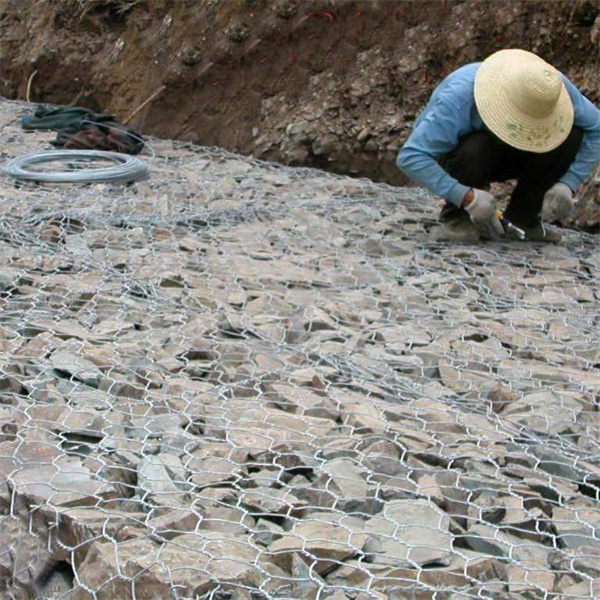កញ្ញា . 07, 2024 13:24 Back to list
Gabion Gravel Solutions for Durable and Aesthetic Landscaping
Gabion gravel has emerged as a popular choice in various construction and landscaping projects due to its unique characteristics and sustainability aspects. Gabions, which are large wire mesh baskets filled with stones or gravel, serve multiple purposes ranging from erosion control to aesthetic landscaping features. This article delves into the advantages of using gabion gravel and its diverse applications.
One of the primary benefits of gabion gravel is its strength and durability. The wire mesh cages are typically made from galvanized or PVC-coated steel, which offers resistance to corrosion and deterioration. When filled with gravel or stones, gabion walls can withstand significant lateral forces, making them an excellent choice for flood control, retaining walls, and slope stabilization. Their structural integrity ensures that they can endure harsh weather conditions and maintain their functionality over time.
In addition to their structural benefits, gabion gravel structures are environmentally friendly. The use of natural materials like gravel not only minimizes the carbon footprint associated with construction but also promotes drainage and biodiversity. Gabion structures can help create habitats for local wildlife and support the surrounding ecosystem. Moreover, their permeable nature allows water to flow through, reducing runoff and improving groundwater recharge.
Aesthetic versatility is another reason for the popularity of gabion gravel. They can be designed to fit various landscapes and enhance the visual appeal of an area. Gabion walls can be found in parks, gardens, and public spaces, where they serve as decorative features that integrate seamlessly with the environment. By choosing different types of gravel or stones, designers can create unique patterns, colors, and textures that complement architectural designs and landscape themes.
gabion gravel

Gabion gravel is also relatively easy to install and requires minimal maintenance. Unlike traditional masonry or concrete structures, which can be labor-intensive and costly, gabions can be assembled quickly on-site. This ease of installation makes them an attractive option for DIY enthusiasts and professional landscapers alike. Furthermore, should damage occur, individual stones can be replaced without the need for extensive repair work, resulting in lower long-term maintenance costs.
Economic considerations also favor the use of gabion gravel. The materials required—such as gravel and wire mesh—are often more affordable than concrete or brick, making gabion systems a cost-effective alternative for construction projects. This affordability, combined with their longevity, creates substantial savings over time, particularly in large-scale applications.
In conclusion, gabion gravel presents a multitude of benefits, encompassing structural integrity, environmental sustainability, aesthetic versatility, ease of installation, and economic advantages. Whether used for erosion control, decorative landscaping, or functional retaining walls, gabion structures prove to be a practical and attractive choice in modern construction and design. As the construction industry continues to evolve, embracing innovative and sustainable solutions like gabion gravel will undoubtedly play a crucial role in future developments.
-
Why PVC Coated Gabion Mattress Is the Best Solution for Long-Term Erosion Control
NewsMay.23,2025
-
Gabion Wire Mesh: The Reinforced Solution for Modern Construction and Landscape Design
NewsMay.23,2025
-
Gabion Wall: The Flexible, Seismic-Resistant Solution for Modern Landscaping and Construction
NewsMay.23,2025
-
Gabion Wall Solutions: The Durable, Decorative, and Affordable Choice for Every Landscape
NewsMay.23,2025
-
Gabion Basket: The Durable and Flexible Alternative to Traditional Retaining Walls
NewsMay.23,2025
-
Gabion Basket: The Proven Solution for Slope Stability and Flood Control
NewsMay.23,2025
-
Versatility of Chain Link Fence Gabion
NewsMay.13,2025






